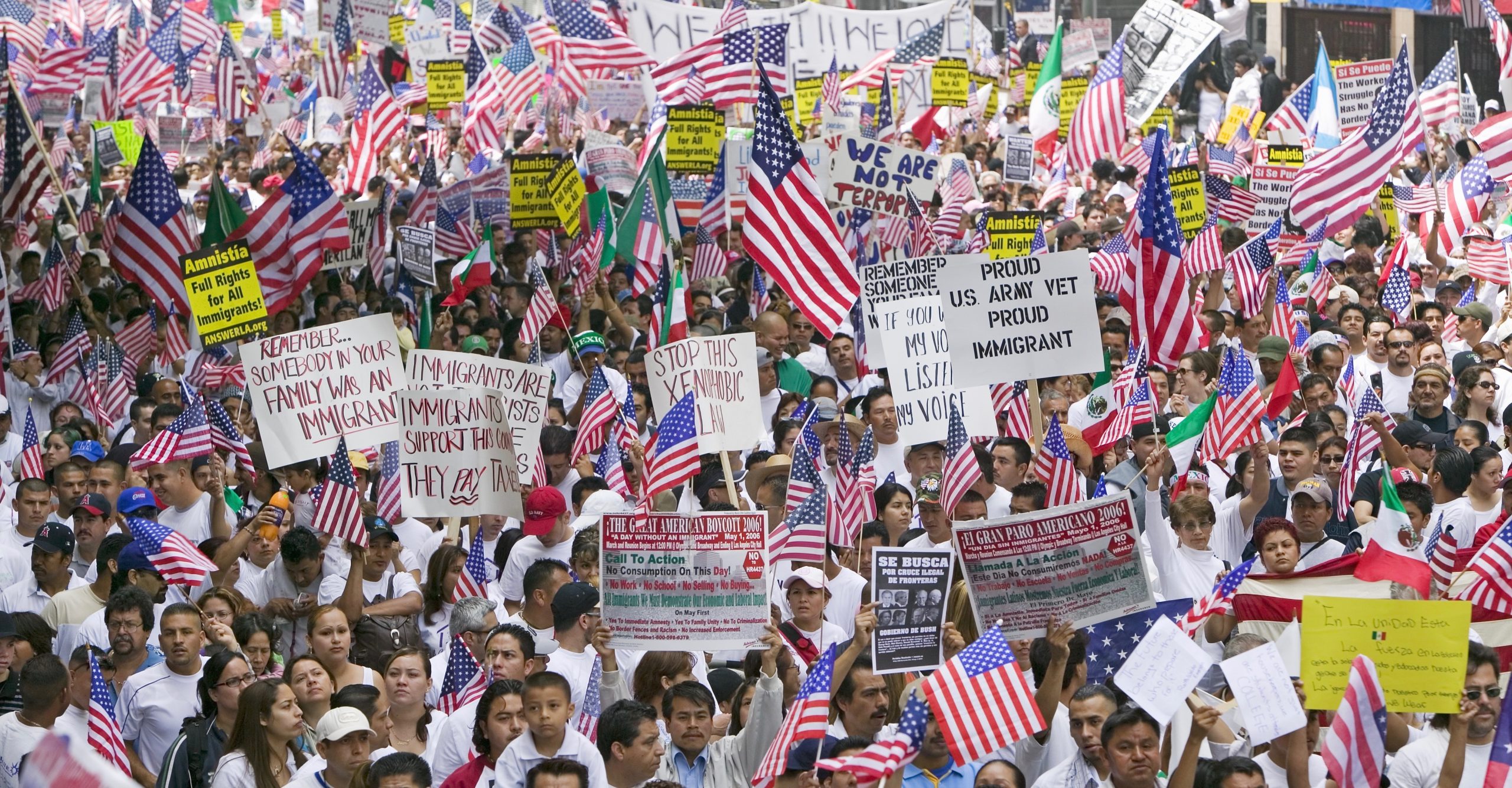President Donald Trump signed an executive order on Thursday calling for a task force to help reduce crime in the United States. The order instructs the task force to evaluate the “availability and adequacy of crime-related data,” and identify ways to improve data collection that “will aid in the understanding of crime trends and in the reduction of crime.”
Better data would be a welcome development. The public’s perceptions of crime often differ from the realities of the problem at a local, state and national level. Timely data and analysis is critical to both accurately informing the public of crime trends and evaluating the effectiveness of strategies for reducing crime.
Good data is especially vital to understanding gun violence, which has driven a nationwide increase in the murder rate over the last two years. Firearms were used in 71.5 percent of homicides nationwide in 2015. In urban areas, it’s closer to 90 percent. But despite renewed attention — gun violence, particularly in Chicago, has become a topic of interest for President Trump — there remains a serious information deficit about where shootings occur and who is affected.
Federal statistics on gun violence are imprecise, and released many months after the fact. At the local level, data collection isn’t much better. Many major American cities don’t even track shootings as a distinct crime category.
Currently, crime data are collected by police departments and eventually sent to the FBI, which collates and publishes the information under the Uniform Crime Report (UCR) program. However, a researcher, law enforcement officer, or journalist accessing UCR can’t simply sort crime statistics by shootings.
Instead, the database includes the majority of shootings under two broad categories: murder and aggravated assaults. Both these descriptions are imperfect for understanding gun violence. “Murder” includes killings that do not involve a firearm, for instance, and “aggravated assault” extends to any type of violent assault. The case of a person who is shot and paralyzed is counted as an assault, just the same as a person whose arm is broken by a baseball bat in a fight. And while UCR does provide national statistics on the types of weapons used in murders and assaults, it does not break down to the city level. Additionally, assaults include instances where an individual is shot at but not injured, which have a tendency to be badly under-reported.
This presents an immense hurdle for people looking to analyze patterns of gun violence — to get accurate shooting data, they must instead work through police departments or cite independent reports, if they are available. In other words: the data do not exist for an accurate, nationwide portrait of shootings.
The UCR’s other great shortcoming is its tardiness. The FBI’s 2016 report won’t be published until sometime in late September of this year. That will mean that nine full months will have elapsed since the end of the year with no formal record of national crime trends.
As a crime analyst, I have experienced the challenges of not having fresh data. Last month I published an assessment of murder rates in big cities in 2016. Because the FBI’s UCR takes so long to update, I had to use a mashup of data from individual police departments. The absence of timely data makes it difficult to recognize even important patterns — including rising murder rates in many big cities — as they develop, and the lack of precise data on gun violence exacerbates the difficulty of analyzing, understanding, and reversing these changes.
The murky definition of assault in particular presents one of the greatest hurdles to understanding the scope of gun violence. Without knowing how many shootings a city has had — defined here as any instance in which a person fired a gun and hit another person — it’s impossible to analyze what might be driving gun violence up or down.
Of course, some cities, like Chicago and Louisville, do take it upon themselves to count shootings, though their reports won’t make it to the UCR. Others, like Philadelphia, Washington, D.C., Kansas City, and St Louis, produce publicly available daily murder counts. New Orleans makes a log of all 911 calls available online for public review, and Milwaukee produces data-rich assessments of gun violence patterns.
But many cities, without any guidance from the government, do not specifically track nonfatal shootings. Take the examples of Memphis, San Antonio, and Las Vegas — three cities which each saw murder rates rise by more than 30 percent in 2016. None of these cities collect data on shootings, a practice that could provide crucial insights into what’s behind the spikes.
Murder rose nationally in 2015 and 2016, though it is roughly at the same low level it was in 1960. Analyzing high-quality data is the key to understanding important emerging trends. The collection and timely publication of gun-violence data, therefore, is a prerequisite to any national murder-reduction effort.

